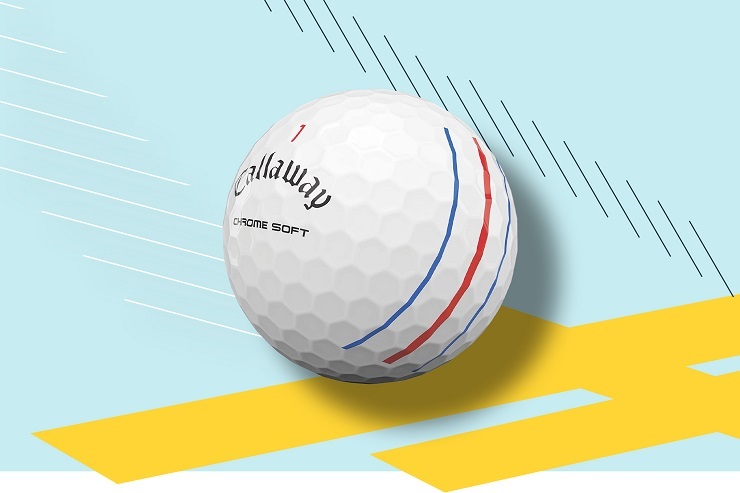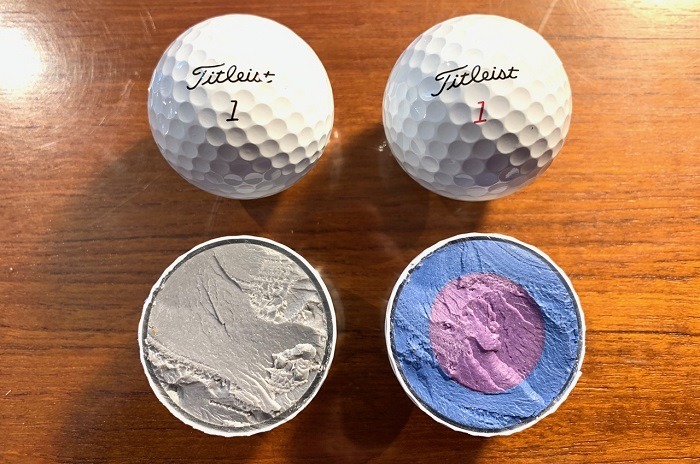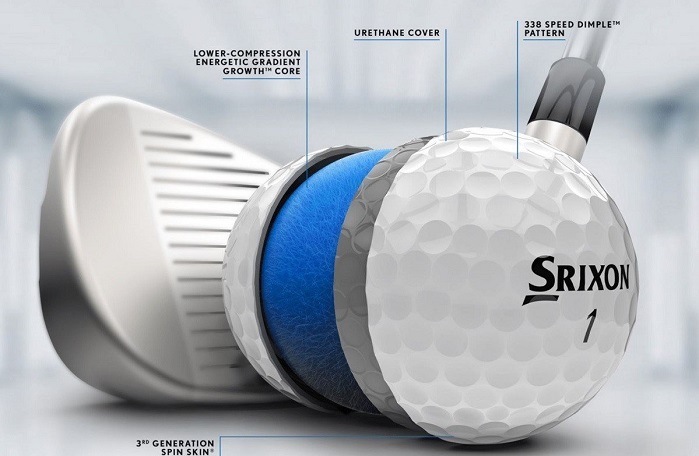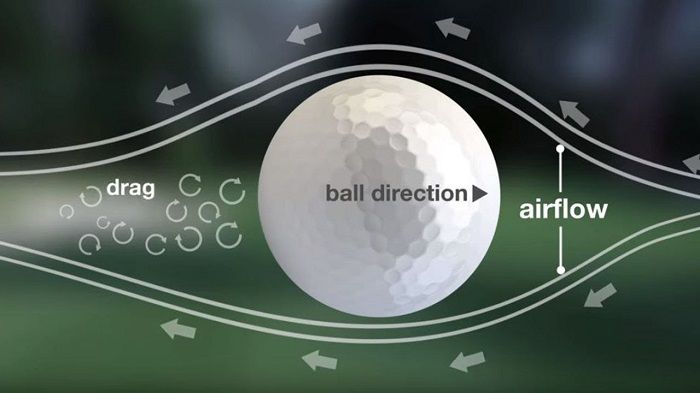What does buying the best golf ball for 70 mph swing speed mean? There are many reasons why your swing speed is this slow. And like any game, if the ball doesn’t match your personal skills, then you’re better off not playing. A golf ball, in that case, can influence everything.
It is one of the major factors of consideration for golfers with slow swing speeds. At least it should be even though many people overlook it. So what does a golf ball do?
It elevates the experience of making contact with a clubhead. And it ensures that with your golf driver, you can hit consistent shots across the greens. So it maintains proficiency and stability in your golf game.
You won’t know exactly what a golf ball does unless you know what it’s made of. So here are the basics of the best golf ball for 70 mph swing speed.
Important Features of A Golf Ball

Different golf balls are designed for serving different functions. You can buy golf balls for control, distance, speed, price, and durability. What does a golfer with a 70 mph swing speed need?
The ultimate checklist is finally at your disposal.
#1 Construction

This is the most vital part of golf balls. The material determines how the golf ball will respond to a club. Whether it has a softer feel at impact or not. You can choose your ideal construction once you know what each one does.
-
One-Piece
One-piece golf balls are beginner-friendly choices. They are specifically designed for slower swings speeds for beginners, seniors, and ladies.
You’ll find many golfers practicing with a one-piece golf ball. But never playing competitively with one. The average one-piece golf ball is made from Surlyn with molded dimples. It has a soft feel, it’s affordable, and it gets worn out very quickly.
The low compression compromises on distance. However, it does cater to slow swing speeds such as 70 to 90 mph.
-
Two-Piece
Two-piece golf balls are made for golfers who want better power and distance. Keeping that in mind, materials such as resin or acrylate are used. They are tough, high-energy, and distance-driven.
The feel of two-piece golf balls is firm but light. It’s not too heavy so it can help a slow swinger take an accurate shot. In comparison to one-piece golf balls, it has better control. So if you’re looking for a bargain between too soft and too heavy, this is your ideal pick.
-
Three-Piece
This is still a good choice for slow swingers. It offers spin, better control, and stability. More importantly, it’s the durability that counts. Three-piece golf balls are made of urethane or Surlyn. And another layer of reinforced rubber or liquid core.
If you want more control and consistency in your game, a three-piece golf ball is your pick.
The added layers improve speed and distance tremendously. It’s still not a heavy-duty golf ball. It’s firm, soft, and light. The three-piece generates more spin the way a one- or two-piece ball cannot. That’s why golfers opt for a three-piece golf ball for improving their golf score.
-
Four-Piece
The inner, middle, and outer cores of a four-piece golf ball are worth noting. They are, by themselves, one of the best golf balls for golfers. While a three-piece golf ball generates spin, a four-piece is good for high energy transfer.
This means it makes a solid impact during the swing. Made from Urethane and around 400 dimples, four-piece golf balls are superior in every way. Good for beginners and intermediates. And the perfect combination of speed and distance.
#2 Compression

Compression refers to a golf ball’s energy transfer during impact. You can measure any golf ball’s compression with the help of number ratings. Such as zero to 200.
However, the average range of compression on golf balls is between 50 to 100. The lower the golf ball rating, the more the ball compresses.
What does this mean for a 70mph swing speed?
For a slow swing speed, you need a lower compression golf ball. They tend to be softer and lighter. When a golf ball compresses after it is struck, it generates more energy transfer. This leads to better distance and consistent speeds.
#3 Dimples

Dimples on a golf ball affect the dragging or slowing down of a ball. All golf balls have dimples. And the average number of dimples on a golf ball is between 300 to 400.
As soon as a golf ball is struck, the ball takes flight into the air. From that point on, the ball starts slowing down. The dimples or “air cavities” on a golf ball regulate better ball flight. So the air pockets itself in those dimples. And that slows the ball down.
The surface of the ball plays an integral role in a consistent play. Also when you play in windy weather, this can either make or break your game. And it ultimately affects speed which is what you need a golf ball for.
Since what you need is a golf ball for 70 mph swing speed, you need something that will go the distance. So to avoid clumsy driver shots, you need about 300 dimples on a golf ball. This makes sure that the air molecules surrounding the ball after it is struck interact with the ball’s surface positively.
As a result, the ball slows down smoothly and does not travel farther away and gets scuffed at soon as it touches the ground.
Final Thoughts
It doesn’t matter how expensive your golf ball is if it doesn’t match your swing speed. If it hits the lake or is out of reach, you lose all your credibility as a golfer. Good golf balls are a part of any game. So you want to spend your money on something that you know is foolproof.
Here where you can make the most of your bargain. By understanding how golf balls work and what you need to buy. Each golf ball is valued based on its construction and performance. You want a golf ball that strikes the perfect balance between the two.
For golfers with 70 mph swing speed, a soft feel and low compression are what you need. If it can maximize distance and ensure consistent shots. Then you’ve finally found a golf ball that has great value.
Read more: Best Golf Ball for 95-100mph Swing Speed
Matt Stevens is the founder of Golfrough.com. He holds a Postgraduate in Sports Marketing and has played golf since he was four years old. Having experienced every high and low golf has to offer, his writing helps the average golfer avoid the mistakes he has made in 28-years on the course.

